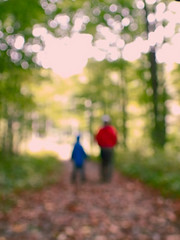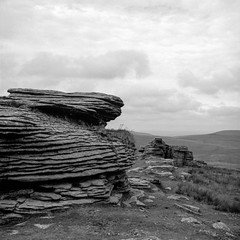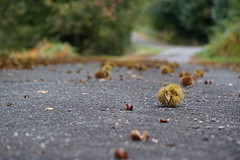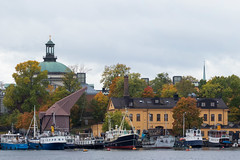bamboo grove
cortomaltese
The first autumn rain —
the bamboo
somewhere in the dawn
Fukuda Chiyo-ni was born in 1703 to a picture-framer living in the village of Mattō in Kaga Province. Women of that era had little opportunity to expand beyond their very confined roles in society; the daughter of a lowly artisan could never become a poet. Unless she was extraordinary.
One morning Chiyo-ni went to the well to draw water. A morning glory had entwined itself around her father’s bucket. She stood there, entranced, and composed her first poem. After some time, not even considering disturbing the flower, she went to a neighbor to borrow his bucket. Chiyo-ni was seven years old.
By age seventeen she’d become well-known throughout Japan for her haiku. Haikai, at that time, had become a poetry of clever elegance, more concerned with the display of wit than with nature. Chiyo-ni was a central figure in a movement to return haiku to its roots, celebrating the beauty of the commonplace.
When she was 52 years old, Chiyo-ni became a Buddhist nun — not as a renunciation of the world, but in order ‘to teach her heart to be like the clear water which flows night and day.’
the coolness
on the bottom of her kimono
in the bamboo grove
Blog photograph copyrighted to the photographer and used with permission by utata.org. All photographs used on utata.org are stored on flickr.com and are obtained via the flickr API. Text is copyrighted to the author, greg fallis and is used with permission by utata.org. Please see Show and Share Your Work








